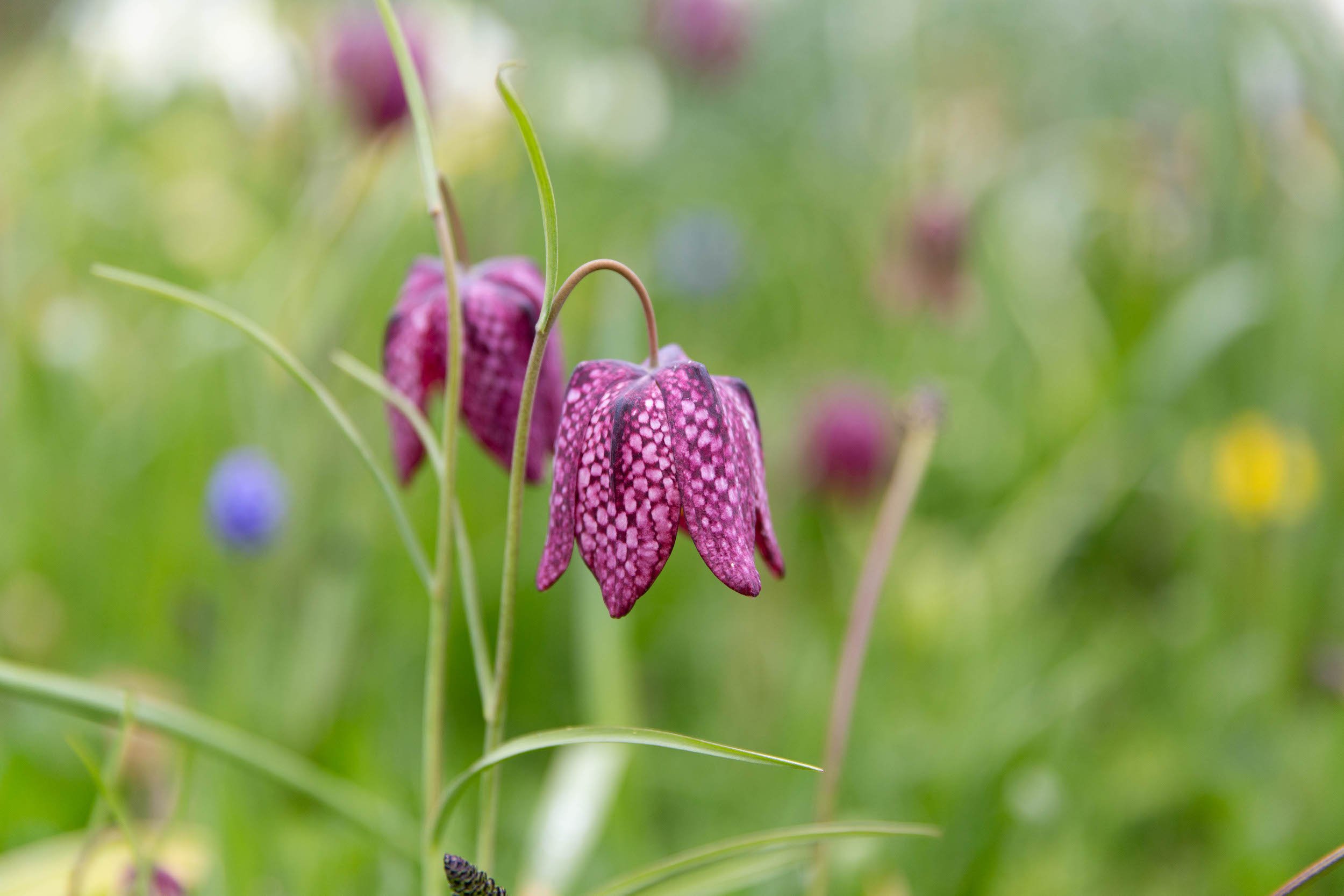No Mow May
May is here, so leave the lawnmower in the shed!
We’re huge fans of natural and slightly wild gardens, where plants are left to do their own thing, in their favourite conditions, without too much extra help. It’s good for wildlife, good for the environment, and easier for us, as well! So it’s no surprise that we always join in with No Mow May, and leave our lawn uncut for the month of May (and often beyond…)
Read on to find out a bit more about the initiative, and all the benefits of joining in in your own garden too…
What is ‘no mow May’?
No Mow May is an initiative that was started by Plantlife, an organisation working to protect and restore wild plants and fungi across the country.
The campaign runs every year, with the aim of setting aside one month where lawns are left to grow wild, without being cut, to encourage habitat growth for pollinators and other wildlife.
How can I join in?
There is a registration form on Plantlife’s website, where you can sign up to log your participation, and the organisation can then trace how much green space has been set aside each year.
Other than that, joining is really simple: just don’t mow your garden during May!
Plantlife also has a range of posters and internet banners that you can download or print out to help spread the word: check out the resources section of their website.
Clover growing in a lawn
What are the benefits?
Regular lawn mowing does keep turf looking fresh, but the flipside is that it also destroys many habitats and food sources that would be used by wildlife. Leaving grass to grow long for a month (or more) encourages other species of plantlife to grow within the monoculture of grass: the emergence of wildflowers and weeds provides pollen for a whole range of insects, and longer grass can provide habitat for small species too. Without the disturbance of grass cutting, Spring plants can set seed and germinate.
Though your individual lawn may be small, when all of the lawns in all of the gardens in the UK are joined together, they make up a sizeable proportion of land. If everyone joined the initiative, just think what could be achieved!
What happens after May?
If you can, continue to leave your grass long after May, to maximise the benefits. This could mean continuing with absolutely no lawnmowing, or – if this feels too much – instead try infrequent cutting or, on larger areas, you can just mow paths through the grass and leave the rest of it long.
In our garden, we mow only the edges of the lawn, with a dedicated bulb lawn in the middle, which gives plenty of pollen throughout the year and the added advantage of a gorgeous array of flowers for us to enjoy!






